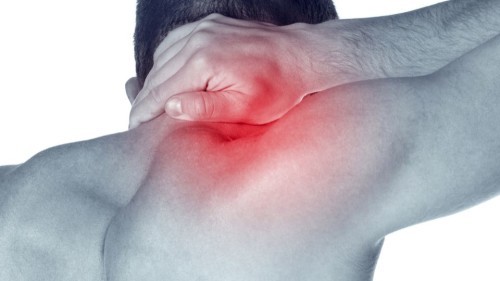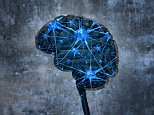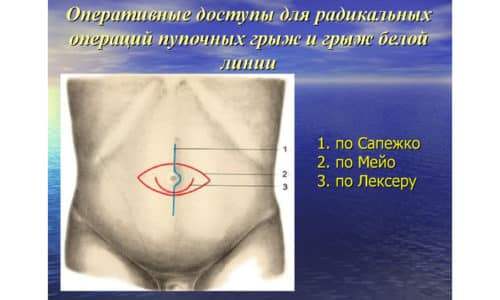The most vulnerable area of the spine is the cervical. It is crossed by the vertebral artery, and in the case of reducing the oxygen and blood flow to the brain may develop the disease that modern doctors dubbed disease of modern civilization – dorsopathies of the cervical spine.
“Back trouble” is not an independent disease. Rather, it is a pathology characteristic of injuries of the spine, degenerative disc disease, and destruction of the vertebrae, emerging infectious diseases and tumors.
This condition is characterized by severe changes in cartilage and bone tissue of the intervertebral discs and vertebrae, and damage to ligaments, nerves, muscles and blood vessels.
Localization
Dorsopathy occurs in the following departments:
- Neck.
- Breast.
- Lumbar-sacral.
Sometimes it affects several anatomical regions. Dorsopathies of the cervical spine does not occur as often as in the defeat of the lumbosacral, but the percentage of patients is quite high.
Features
Dorsopathy characterized by impaired function of the brain and Central nervous system, and damage to peripheral nerves. To the main contingent of cases are young adults.

Pathogenesis
The defeat of the cervical classified in three groups:
- Spondylopathy (disrupts the function of traumatic, infectious, degenerative and inflammatory etymologies);
- Deforming (the anatomical form of the spine is broken, there is displacement and subluxation of the vertebrae);
- Others (deformity of the intervertebral discs, the emergence of pain syndrome in the preservation of the functions of the spinal cord).
Stage
Disease of the cervical spine has four stages.
- The first stage is characterized by a slight pathology in the disk. The symptoms here are quite weak: changes on the x-rays are not detected, and slight discomfort, the patient often does not notice.
- In the second stage, the pathology spreads to the intervertebral joints and the bone base of the spine. Collapses the annulus, the fixation of the vertebrae becoming weaker. Next is the compression of blood and lymphatic vessels, which leads to increased pain.
- The third stage. Fibrous ring is destroyed, the formation of discal hernias. The symptoms are here already “there”: some vertebrates departments deformed and the formation of lordosis or kyphosis.
- At the fourth stage, the formation of osteophytes – abnormal bony overgrowth narrowing of the intervertebral holes. Dorsopathy is characterized by compression of the nerve roots and spinal cord, leading to CNS damage.

Reasons
According to many physicians, the human formation of the spine ends already at the twenty-third year of life, after which he invariably starts to wear out. At this time most people have formed dorsopathy.
The main cause of the disease is destruction of the intervertebral discs, which are actively assume all vertical loads, and depreciation play a key role.
To the rest of the causes of the pathology of the cervical spine include:
- injuries to the spinal column, migrated in childhood;
- inflammatory infectious processes;
- a metabolic process;
- the weakness of the muscular system, causing severe pressure on the intervertebral discs.
Factors
The disease of the cervical spine caused by the following factors:
- “Sedentary” lifestyle.
- Incorrect posture.
- A weakened immune system.
- Poor diet, abuse of alcoholic beverages.
- Often dorsopathy is often the result of obesity.
- Carrying heavy items.
- The lesson is extreme sports.
Most patients, unfortunately, seek medical assistance only when discover the disturbing symptoms.

Symptoms
In pathology of the cervical symptoms are pain and most patients tolerate them very painful. A key symptom of the disease of the spine is a strong pain in the back. Dorsopathy is a rare insidious – the person far from medicine, almost never self-diagnose this disease.
It is a pathological condition accompanied with the following symptoms:
- persistent pain localized in the upper back. During abrupt movements, physical exercise, and even coughing or sneezing pain syndrome is enhanced while restraining the patient;
- muscle spasms that occur during a sharp turn of the head;
- features of the structure of the cervical spine;
- muscle atrophy, or constant voltage;
- the neuroscience of arms and shoulder girdle. Symptoms such as a fever, “goose bumps” on the skin, reduced sensitivity of the fingers;
- dorsopathy can be diagnosed if a patient is having severe headaches, fainting, dizziness, distortion of visual perception;
- pain and discomfort in the upper part of the sternum.
To pathology of the cervical spine did not become a real threat of disability, medical attention is necessary even if there are only some symptoms.
Diagnosis
Dorsopathy can be found on reception at the neurologist or traumatologist. After analyzing all the symptoms of the disease, the doctor prescribes appropriate treatment.
Diagnosing pathology of the cervical spine is as follows:
- The examination always begins with a survey of the patient. The doctor listens carefully to his complaints and is studying history.
- After locating the affected areas by palpation, the physician issues a referral for an x-ray. This will reveal the degree of destruction of bone tissue.
- More detailed results can be obtained using magnetic resonance imaging (MRI), which also reveals hidden pathology.
The treatment of the disease is by using medication and conservative methods and surgical intervention.



